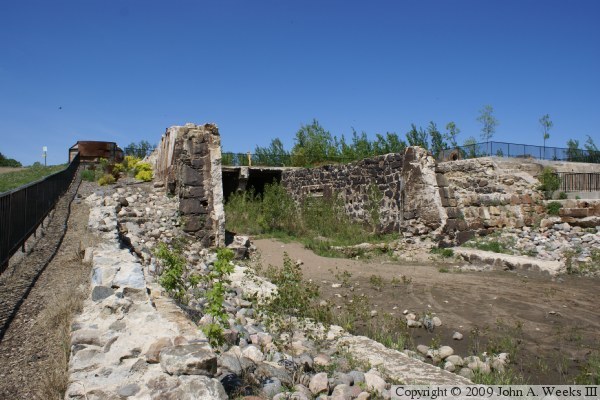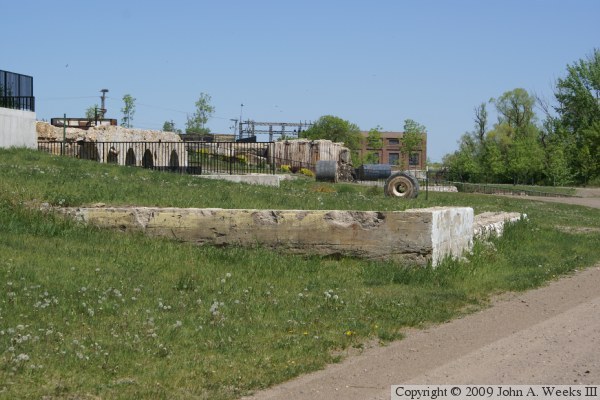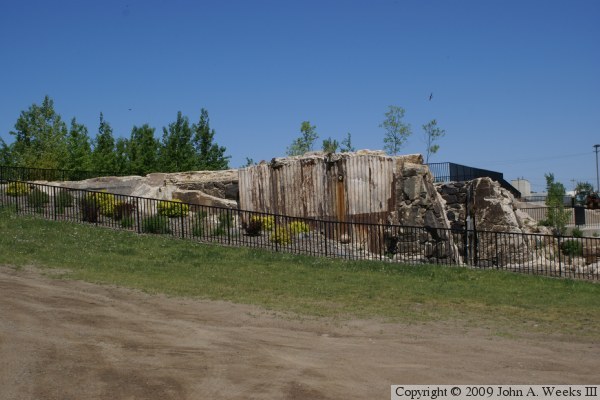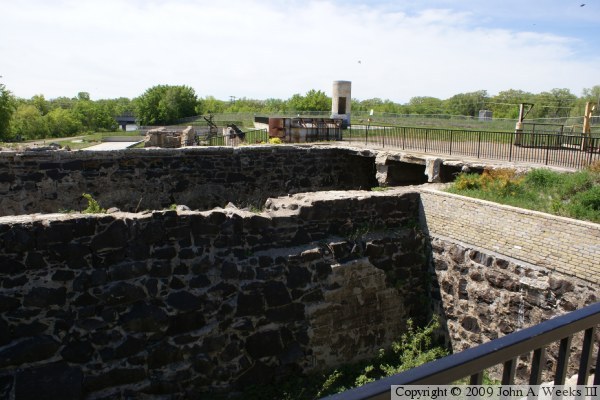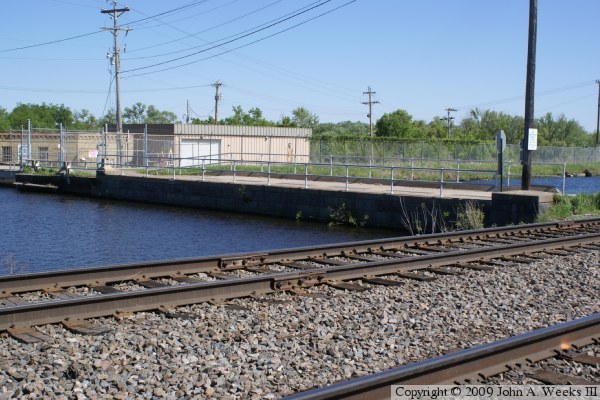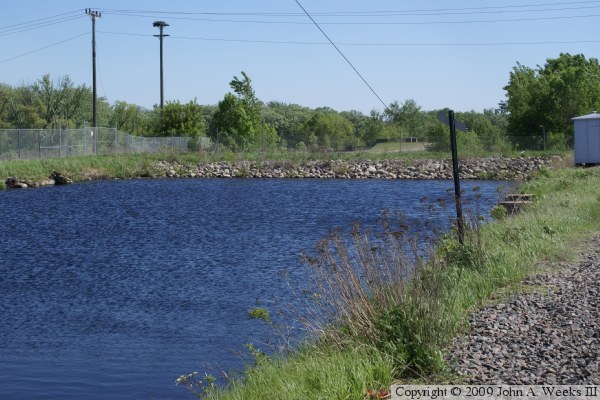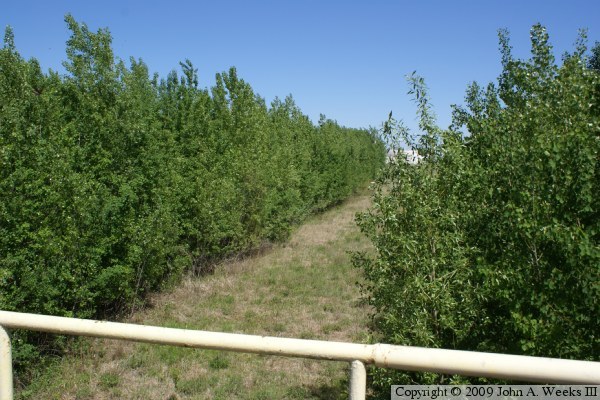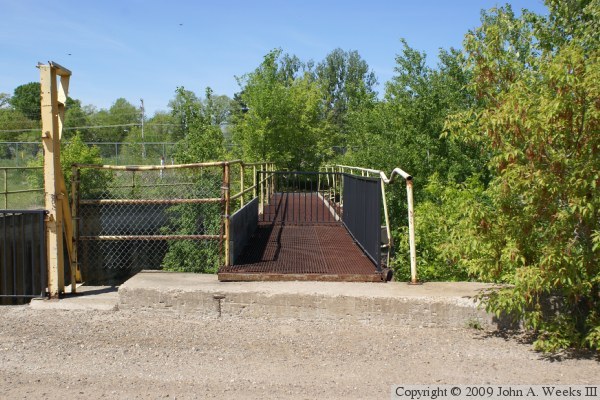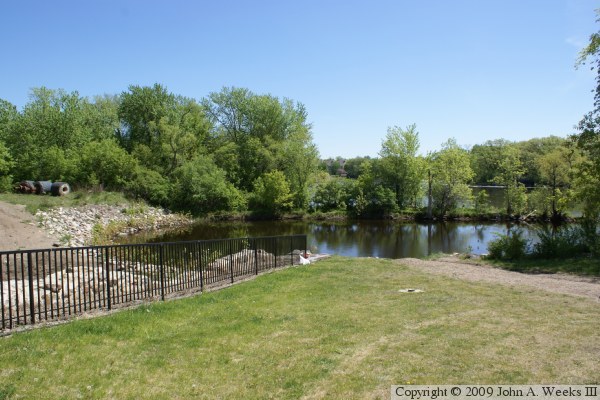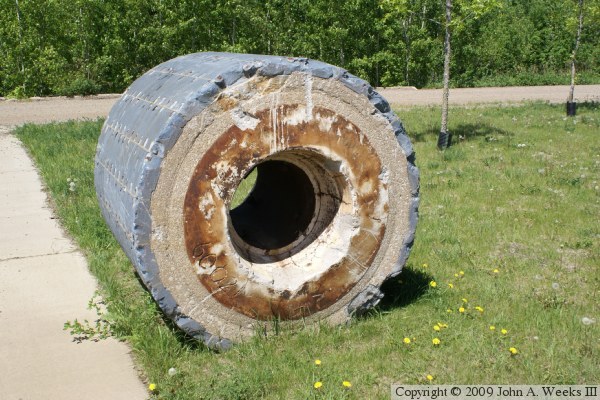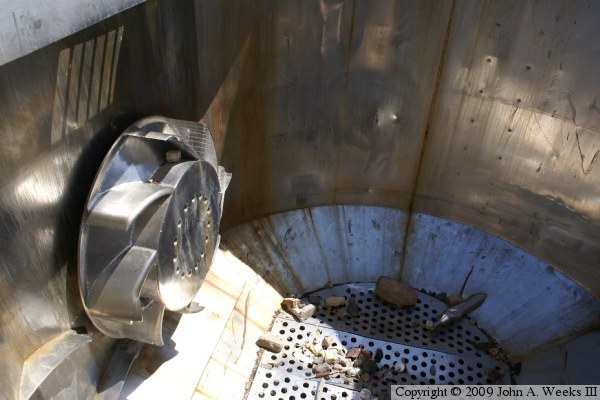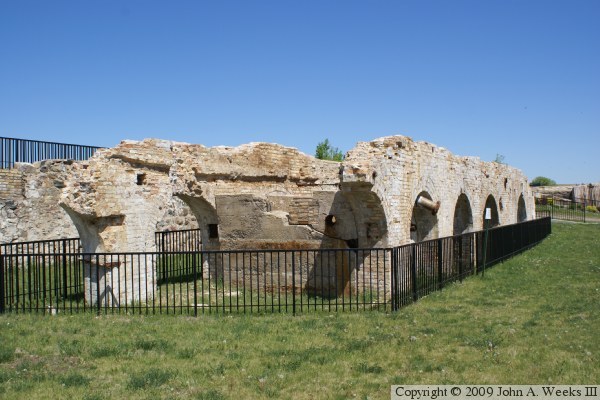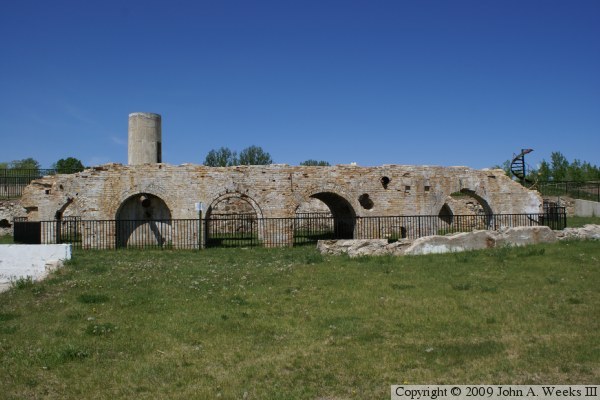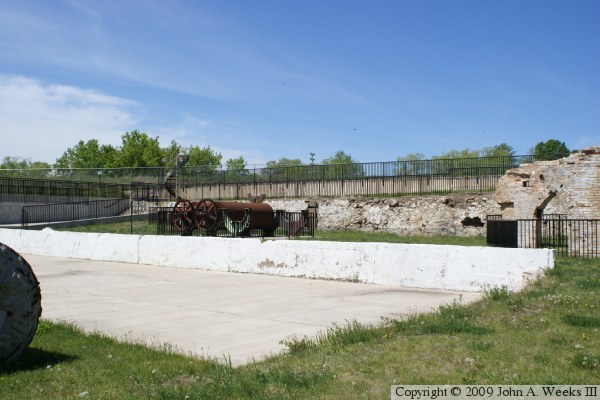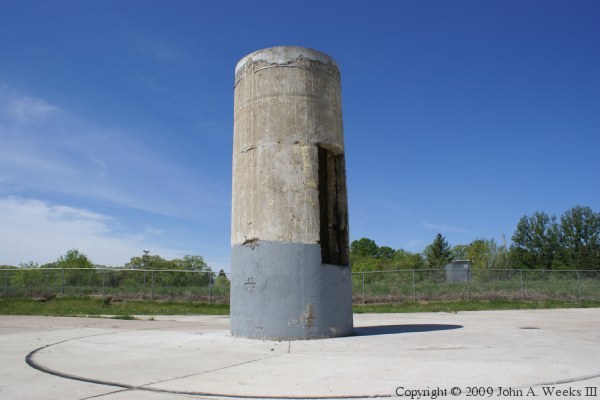The little falls site remained unused after the food of 1860. There were several attempts to restart milling in the area. It was considered to be the second best hydropower location in the Midwest after Saint Anthony Falls given the 20-foot water head available.
The next work at the site started in 1887 with the incorporation of the Little Falls Water Power Company. The company built a new dam, a canal on the west side of the river, both a head and waste gate structures, a powerhouse (which provided mechanical power), and a large grist mill. The canal was 1,000 feet long, 80 feet wide, and 13 feet deep. It was lined with retaining walls to hold back the sidewalls.
The Hennepin Paper Company from Minneapolis established a paper mill next to the grist mill in 1890. The paper mill was powered by the mechanical power that was available on-site. The Hennepin Paper Mill expanded in 1898 becoming one of the largest paper mills in operation. It was the largest employer in Little Falls for over 100 years. The mill was famous for making a rough grade of construction paper. In fact, for many years, this mill was the sole source of the paper used on Crayola Crayons. That fact resulted in a visit by Fred Rogers, host of the children's TV show “Mr. Roger's Neighborhood”, who featured a tour of the mill on his show in the late 1980s.
The Hennepin Paper Mill became economically obsolete in the 1980s and 1990s. It was bought and sold by several companies, such Wausau Paper Mills and Saint Regis Paper Company. The final owner was Minnesota Power, who finally closed the plant in 1999. The building sat idle for several years until a fire swept through the complex and caused major damage to the warehouse building. A review after the fire revealed extensive contamination of hazardous materials and the presence of large quantities of asbestos. Money was obtained from a number of sources including the EPA to tear down the buildings and clean up the site. A total of nearly $3-million was spent on the cleanup. Once the site was safe, it was decided to develop the land on the west side of the river as a regional park. As part of the park project, the mill ruins were stabilized and developed into a historical display. The park had its grand opening in 2005. There are still plans to do further development in the park such as restoring the canal to operation and building more interpretative displays.
Several ruins of the mill complex are included in the Mill Park. The canal head structure, waste gates, and the foundations of the paper mill are still intact. The canal has been partially filled in, but the path is still readily apparent.

